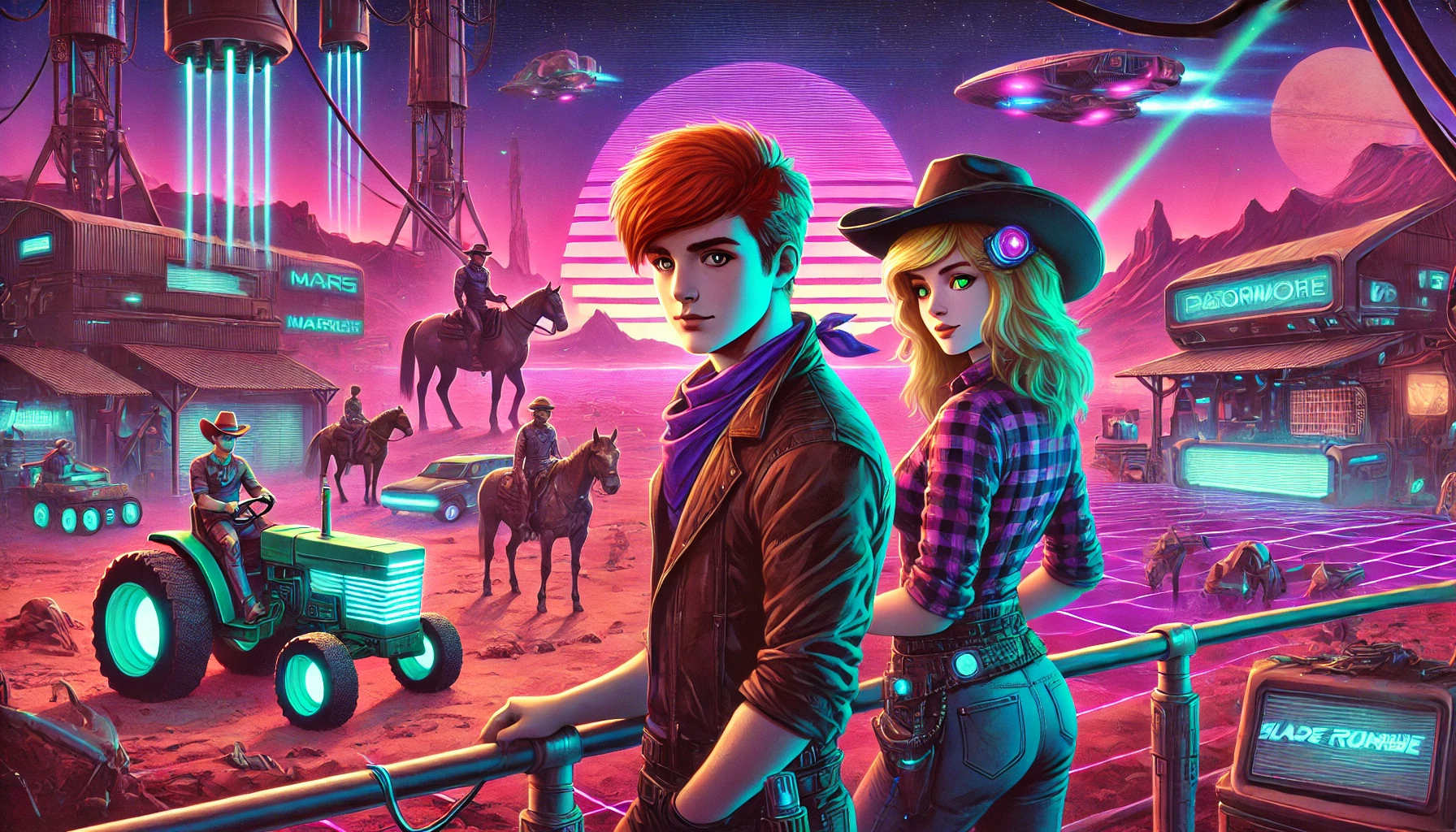illphated
The Last Engineer
In the late twilight of Earth’s golden age, when skies still hummed with the quiet murmur of satellites and oceans had not yet boiled, there lived a man named Elias Voss—a brilliant but solitary engineer with a mind steeped in the forgotten dreams of the Space Age.
Elias was born too late for Apollo and too early for Mars. His life’s work had always felt like whispers into a vacuum, contributions buried beneath bureaucracy and shrinking budgets. But Elias didn’t care. He wasn’t building for now. He was building for forever.
Years earlier, he’d inherited a derelict orbital platform from a defunct aerospace firm—a rusting ring of metal drifting in Low Earth Orbit. While governments squabbled and the climate worsened, Elias disappeared into the silence of space. Using money siphoned from patents and black-market fusion tech, he began construction on a dream once relegated to speculative magazines and whiteboard calculations: an O’Neill cylinder—a self-sustaining, rotating habitat large enough to host forests, lakes, cities.
Not a prototype. Not a concept. A real, breathing world.
He called it “Hera”—a name that once belonged to gods.
The cylinder stretched 32 kilometers long, the interior lit by enormous strips of solar-captured brilliance. Forests flourished along its curved walls, gravity simulated by spin. Entire ecosystems grew under domes that mimicked Earth’s sky, complete with cloud-seeding drones and artificial winds. Autonomous bots, built by Elias himself, tended the crops and recycled the waste. It was heaven in a hull of carbon-fiber and titanium alloy.
But Elias didn’t build Hera for fame. He built it because Earth was dying.
The planet had entered a slow spiral—wars over water, crop failures, heatwaves. Politicians denied. Billionaires fled to orbital vaults, then turned on each other. Elias kept building.
And then came the message: an alert from a deep Earth seismograph he’d left online—volcanic chains waking, pressure rising. The final countdown had begun.
Alone, floating in the silence of his command pod, Elias made a decision. He disengaged Hera from Earth’s orbit, activating its fusion tugs—massive engines capable of interstellar drift.
No passengers. No crew.
Just seeds. DNA vaults. Libraries. Art. Language. Culture.
All the best parts of humanity.
Elias watched from a separate module, tears floating free, as Hera began its slow, radiant arc toward the stars. Destination: Gliese 581g, a potentially habitable world 20 light-years away.
He wouldn’t live to see it. That wasn’t the point.
Before shutting down his last connection, he recorded a message and stored it in Hera’s central AI. Just in case someone—something—found it.
“I am Elias Voss, engineer of Earth.
I built this place not to escape our mistakes, but to preserve what was good.
If you find this, know we tried. We dreamed. We built. We loved.
And this is the best of us.”
As Earth trembled below, and Hera glided into the void, the last engineer watched his dream vanish among the stars—his heart full, his silence profound.
And far, far from any sun, hope kept spinning.
EmailURL







591otg
rexbsa
7ikf23